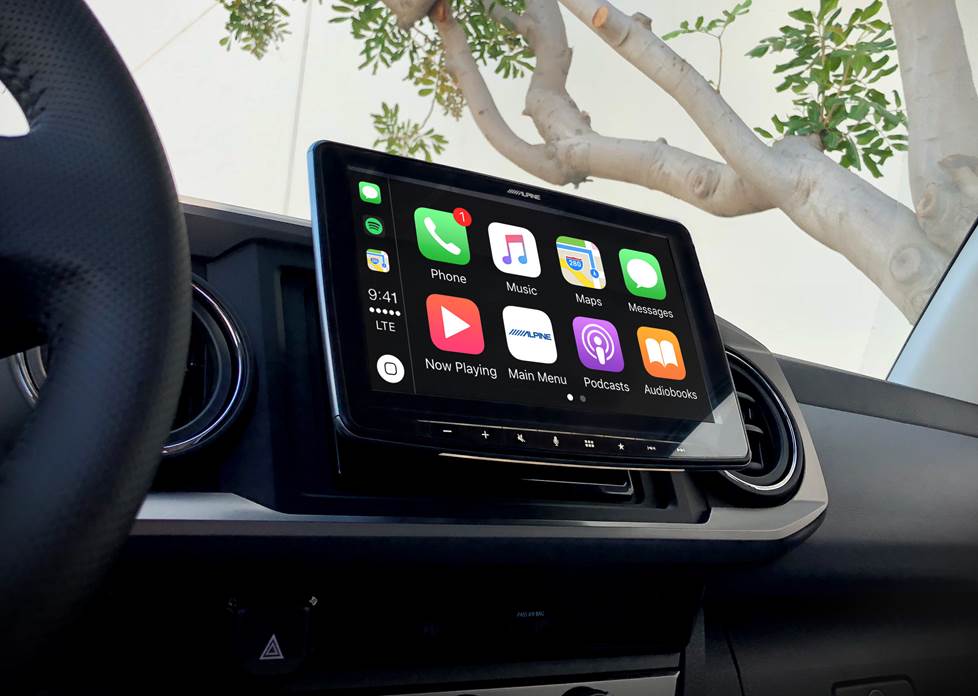Do you want to know What Is A Floating Touch Screen In The Car? If you’ve been paying attention to the evolution of the mobile enhancement business over the last few years, you’ve probably noticed the steady rise of new floating-face radios. These radios have a large touchscreen that sits in front of a regular radio chassis, allowing you to enjoy big-screen entertainment without making major and often costly car modifications.
Car Guru is the best automotive marketplace and car-ad classified website that allow buyers and sellers to buy and sell their new and old cars. The people find the best dealers on the site and buy or sell the cars in a profit. It is also known as Guru Cars.
Table of Contents
Single-DIN Multimedia Receiver Screen Sizes
The first single-DIN flip-out media receivers with a 5-inch colour display hit the market in 1986. Several units needed the user to flip it up manually when the screen extended from the dash. The major head unit manufacturers produced fully motorized flip-out-display multimedia receivers with screens up to 7 inches in the 1990s and 2000s.
The touchscreen overlays on these radios made picking entertainment selections a breeze. Many of these radios also contained GPS-based navigation systems, support for digital video codecs like MPG and WMV, and dedicated video inputs for backup cameras in later years.
These radios or expensive vehicle modifications were your only options for adding a video screen to your dash if your car or truck only had a place for a single-DIN chassis.
Floating-Face Radio Solutions
Manufacturers have been able to minimize the size of the radio chassis as our industry has gradually moved away from the necessity for CD and DVD mechanisms in multimedia receivers in favour of support for digital formats.
Expanding on the radio’s decreased hardware requirements, firms like Sony, Alpine, and Pioneer have been able to graft bigger displays onto the single-DIN chassis, making seeing and operating the devices even easier.
Flexible Mounting For A Perfect Fit
Each manufacturer offers a variety of mounting solutions to ensure that these large-screen radios fit and look great in your vehicle’s dashboard. For example, the Sony XAV-AX8000 has a 20-degree tilt angle adjustment, 20-mm fore-and-aft flexibility, and three vertical mounting choices.
When choosing one of these options, one thing to keep in mind is screen stability. You want something extremely durable. The screen should not vibrate when driving, and it should be sturdy and stable when you push the touch interface to pick a menu or source.
Advantages Of Floating Head-Unit Displays
Safety
When compared to dashboard screens, floating screens are placed higher. This puts them closer to the driver’s line of sight. Any of the functionalities can be adjusted without having to look down. At all times, the driver may keep his eyes on the road. This is especially helpful while using a navigation system, as the driver must regularly look at the screen.
A screen built into the dashboard or centre fascia, on the other hand, will need the driver to glance below to operate it. That means he won’t be looking at the road or what’s going on around the vehicle for a short time. This is, without a doubt, harmful.
Space Management
The number of functions added to automobiles is increasing over time. Previously, a car’s centre fascia included only a cubby hole or a couple of cupholders. Smartphones, wireless charging, several USB ports, 12V power outlets, climate control systems, switches and buttons to activate various features, and more require adequate storage space.
Because a floating display panel protrudes from the dashboard’s top frees up space in the centre fascia to accommodate other items. Some head units have even integrated the climate control system, freeing up even more room on the centre fascia.
An integrated head unit takes up a lot of real estate on the centre fascia. Compared to standalone head units, there is less area for other objects.
Disadvantages Of Floating Head-Unit Displays
Design
Looks are personal. While some may appreciate the display panel protruding from the dashboard, no one can deny it appears to be a last-minute addition. An iPad or comparable tablet has been installed as an aftermarket alteration on the dashboard in many situations. It disrupts the dashboard’s design flow.
On the other hand, Integrated head units appear to have always been there. The dashboard was undoubtedly designed with the head unit in mind. Nothing sticks out like a sore thumb in the design, which appears united and complete.
Soon-To-Be-Outdated
Many trends last for a few years before becoming outmoded and disappearing. This is true when it comes to electronics and gadgets. We’re not sure if freestanding display screens will still be attractive in 15 years. They’ll probably go out of style if the novelty wears off or a newer technology disrupts the game.
On the other hand, Integrated systems have been around for a long time. In an automobile, they still don’t look out of place. Even after many more years, they are significantly more likely to seem “correct.”
Conclusion
One of the most notable automotive features is the innovative “floating touch” touch sensor technology, which allows you to interact with the phone’s touchscreen display without touching it at all. This is everything about What Is A Floating Touch Screen In The Car?

